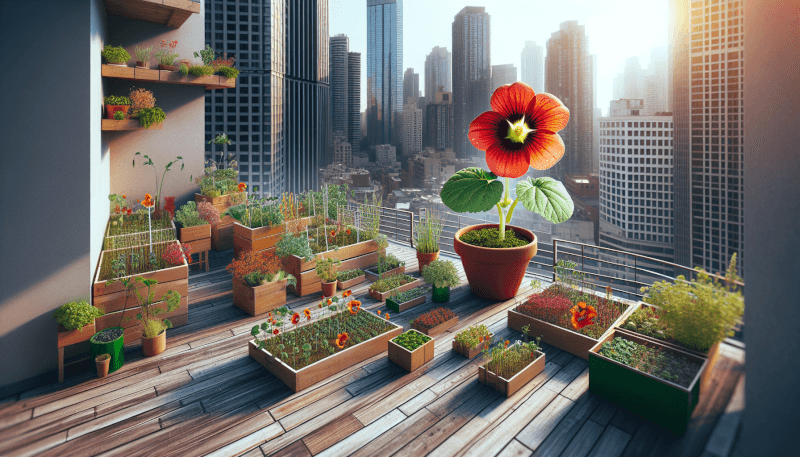Imagine transforming your urban garden into a vibrant oasis filled with a burst of colors and delectable flavors. In this article, we will explore the best ways for you to incorporate edible flowers into your urban garden. From adding a fragrant touch to your salads to infusing your homemade desserts with delicate petals, these floral wonders not only bring aesthetic appeal but also culinary delights to your own backyard. Get ready to embrace the beauty and flavor of edible flowers as we guide you through the various ways you can elevate your gardening experience.
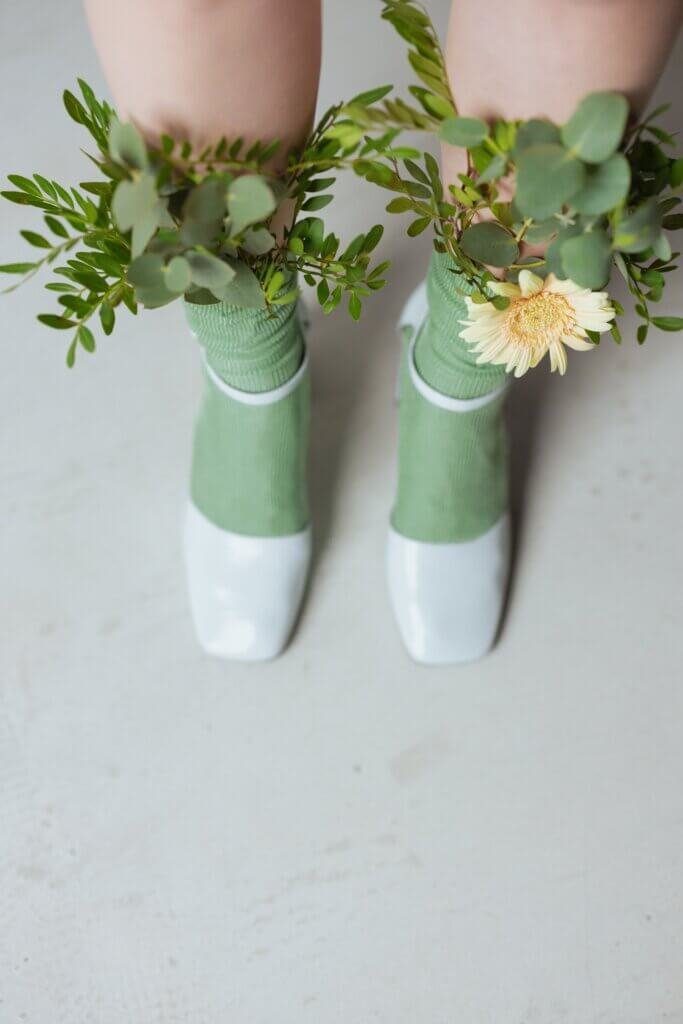
Types of Edible Flowers
Common Edible Flowers
There are several common edible flowers that are widely used in cooking and baking. Some examples include nasturtiums, marigolds, pansies, and violets. These flowers not only add a pop of color to your dishes, but they also offer unique flavors that can enhance the overall taste. Nasturtiums, for instance, have a peppery flavor, while pansies have a mildly floral and slightly sweet taste. Marigolds add a hint of citrus to your meals, and violets have a delicate, floral flavor.
Uncommon Edible Flowers
If you’re looking to experiment with more unique flavors, there are also several lesser-known edible flowers to try. Borage flowers, for example, have a cucumber-like taste and can be used to flavor drinks and salads. Calendula flowers have a slightly tangy flavor and can be used in soups and stews. Additionally, chamomile flowers can be brewed into a soothing tea, while lavender can add a floral and slightly sweet aroma to baked goods. These uncommon edible flowers offer a great opportunity to get creative and impress your guests with new flavors.
Selecting Edible Flowers for Your Urban Garden
Considerations for Selection
When selecting edible flowers for your urban garden, it’s important to consider a few factors. First, ensure that the flowers you choose are indeed safe to eat. Some flowers may look beautiful but can be toxic if consumed. Educate yourself on the different varieties and do thorough research before introducing them to your garden. Additionally, consider the climate and growing conditions of your urban garden. Choose flowers that are well-suited to your local climate and will thrive in the limited space and resources available in urban settings.
Popular Edible Flowers for Urban Gardens
There are several popular edible flowers that are well-suited for urban gardens. Some of these include lavender, roses, and pansies. Lavender is not only a beautiful flower known for its calming aroma, but it is also a versatile edible flower that can be used in various dishes. Roses, with their sweet and delicate flavor, are not only great for ornamental purposes but also for culinary use. Pansies, on the other hand, come in a wide range of colors and offer a mild, slightly sweet taste. These popular edible flowers are not only visually appealing but also add a delightful flavor to your meals.

Preparing the Soil for Edible Flowers
Testing and Amending the Soil
Before planting edible flowers, it’s crucial to test the soil to ensure it has the right balance of nutrients. You can either use a DIY soil testing kit or send a sample to a professional lab for analysis. Once you have the results, you can amend the soil accordingly. Edible flowers typically prefer neutral to slightly acidic soil, so you may need to adjust the pH levels if necessary. Additionally, enriching the soil with organic matter, such as compost or well-rotted manure, can provide essential nutrients for the flowers to thrive.
Creating an Ideal Soil Composition
To create the ideal soil composition for your edible flowers, aim for a well-draining soil that retains moisture while preventing waterlogging. A mix of loam, compost, and sand is often recommended. Loam provides a balanced texture and nutrient retention, while compost enhances soil fertility. Sand helps to improve drainage and prevent waterlogged conditions. By combining these components in the right proportions, you can create a soil composition that promotes healthy root growth and overall plant health.
Choosing the Right Location for Edible Flowers
Sunlight Requirements
Edible flowers, like most plants, require an adequate amount of sunlight to grow and thrive. Most edible flowers prefer full sun, which means they need at least six to eight hours of direct sunlight each day. When selecting the location for your edible flower garden, choose an area that receives ample sunlight. If you have limited sunny spots in your urban garden, consider using reflective surfaces or vertical gardening techniques to maximize the amount of sunlight your flowers receive.
Protection from Strong Winds
Strong winds can cause damage to delicate flowers and compromise their growth. When choosing the location for your edible flower garden, consider the wind patterns in your urban area. Avoid exposed areas that are prone to strong gusts of wind. If you’re unable to find a completely sheltered spot, you can use windbreaks or create barriers using trellises or fences to protect your edible flowers from excessive wind. Providing this protection will help ensure that your flowers remain healthy and intact.
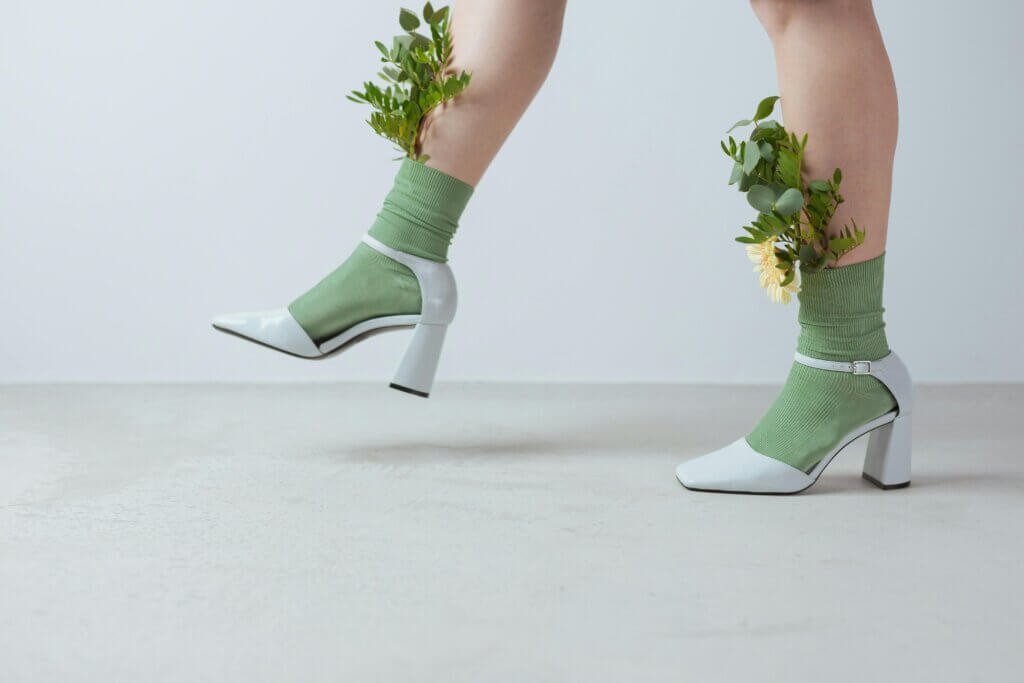
Starting Edible Flowers from Seeds
Tips for Successful Seed Starting
Starting edible flowers from seeds can be an exciting and rewarding process. To increase your chances of success, it’s important to follow a few tips. First, make sure to start your seeds at the appropriate time, taking into account the specific requirements of each flower variety. Some flowers may need to be started indoors before being transplanted outdoors, while others can be directly sown into the garden. Additionally, provide the seeds with the right conditions for germination, such as consistent moisture and proper temperature. Regularly monitor the seedlings’ progress and provide them with adequate care to help them develop into healthy plants.
Recommended Edible Flower Seeds
There are numerous edible flower seeds available for you to choose from. Some popular options include nasturtiums, marigolds, and zinnias. Nasturtiums are perfect for beginners as they are easy to grow, and their vibrant, edible flowers make a stunning addition to salads and other dishes. Marigolds not only add a splash of color to your garden but also deter pests. Zinnias, with their colorful blooms, are not only beautiful but also attract pollinators. These recommended edible flower seeds are readily available and can be a great starting point for your urban garden.
Planting Edible Flowers in Containers
Selecting the Right Containers
In urban gardens with limited space, growing edible flowers in containers is an excellent option. When selecting containers, choose those that are large enough to accommodate the root system of the selected flower variety. The containers should also have proper drainage holes to prevent waterlogging. Consider using lightweight containers, such as plastic or resin, if weight is a concern. Additionally, opt for containers with neutral colors as they will not absorb heat as much as darker containers, reducing the risk of overheating the plant roots.
Proper Container Drainage
Proper drainage is crucial when planting edible flowers in containers. Without adequate drainage, excess water can accumulate in the soil, leading to root rot and other moisture-related issues. To ensure proper drainage, fill the bottom of the container with a layer of small stones or broken pottery pieces. This will create a space for the excess water to drain away from the roots. Additionally, use well-draining potting soil that promotes good water movement. Regularly check the moisture levels in the container and adjust watering accordingly to maintain a healthy moisture balance.
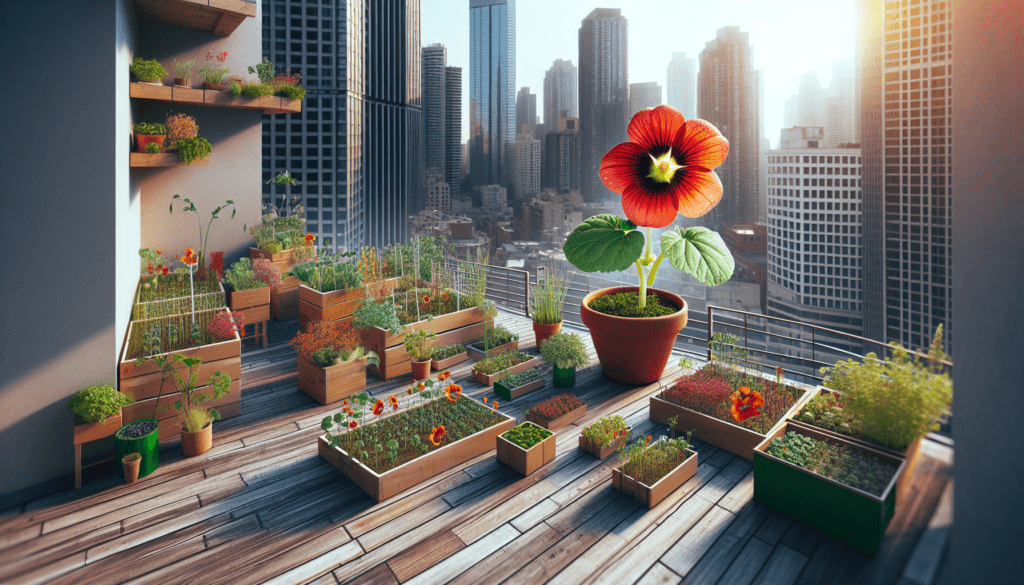
Integrating Edible Flowers with Other Plants
Companion Planting for Edible Flowers
Companion planting is a gardening technique that involves growing different plants together to support and benefit each other. When it comes to edible flowers, there are certain companion plants that can help improve their growth and overall health. For instance, planting chives alongside roses can help deter aphids and other pests. Nasturtiums, when planted near vegetables such as tomatoes or squash, can act as a natural barrier against pests. Basil is another great companion for edible flowers as it can improve their flavor and repel insects. By strategically integrating companion plants, you can create a more resilient and productive garden.
Attracting Pollinators
Pollinators, such as bees and butterflies, play a crucial role in the reproduction of flowers. To ensure a successful harvest of your edible flowers, it’s important to attract these beneficial insects to your garden. One effective way to attract pollinators is by planting nectar-rich flowers alongside your edible flowers. Flowers such as lavender, cosmos, and sunflowers are particularly attractive to bees and butterflies. Additionally, providing a water source, such as a shallow dish filled with clean water and pebbles, can help attract and support pollinators in your urban garden.
Caring for Edible Flowers
Watering and Fertilizing Edible Flowers
Proper watering and fertilizing are essential for the health and vitality of edible flowers. When it comes to watering, it’s important to maintain a consistent moisture level in the soil. Avoid overwatering, as this can lead to root rot, but also make sure not to let the soil dry out completely. Regularly check the moisture levels by inserting your finger into the soil near the plant’s roots. If it feels dry, water the plant thoroughly. When it comes to fertilizing, opt for organic, slow-release fertilizers to provide a steady supply of nutrients to the plants. Follow the recommended dosage and application instructions for the specific flower varieties you are growing.
Managing Pests and Diseases
Just like any other garden plants, edible flowers are susceptible to pests and diseases. To manage pests, regularly inspect your plants for signs of infestation, such as chewed leaves or discolored flowers. Handpick any pests you find and consider using natural pest control methods, such as introducing beneficial insects like ladybugs or spraying neem oil. To prevent diseases, ensure good air circulation around your plants and avoid overwatering. If necessary, apply organic fungicides or other disease control methods as recommended for the specific flowers you are growing. Regular monitoring and prompt action can help keep your edible flowers healthy and pest-free.
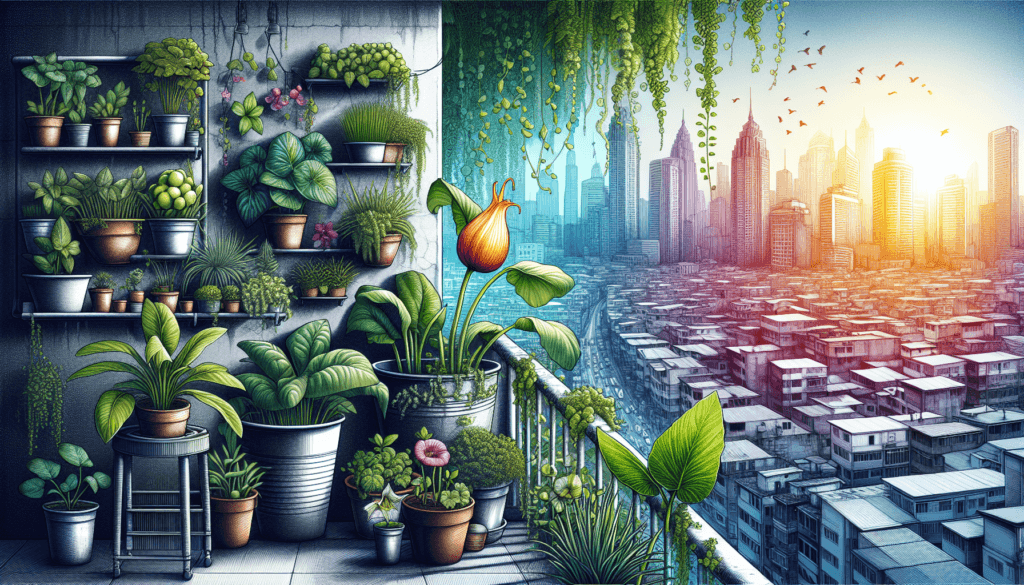
Harvesting Edible Flowers
Timing for Harvesting
Knowing when to harvest your edible flowers is crucial to ensure optimal flavor and quality. Harvest times vary depending on the specific flower variety, but as a general rule, it’s best to pick the flowers when they are fully open but still fresh and vibrant. Avoid harvesting flowers that are wilted or showing signs of discoloration. Depending on the flower, harvesting in the early morning or late afternoon when the temperatures are cooler can help preserve the flavor and fragrance. Regularly inspect your plants and harvest the flowers as soon as they reach their peak to enjoy the best culinary experience.
Methods of Harvesting
To harvest edible flowers, gently pluck the flowers from the stem, taking care not to damage the plant or nearby buds. Use clean, sharp scissors or pruning shears to make a clean cut at the base of the stem, ensuring that you don’t leave any stubs behind. Handle the flowers with care to avoid bruising or crushing them. Once harvested, gently brush off any dirt or insects from the flowers, and give them a quick rinse if necessary. Shake off excess water and pat them dry before using them in your culinary creations.
Creative Ways to Use Edible Flowers
Incorporating Edible Flowers in Salads
One of the easiest and most popular ways to use edible flowers is by incorporating them into salads. The vibrant colors and unique flavors of the flowers add a visually appealing and tasty element to any salad. Simply rinse the flowers and gently remove any unwanted parts, such as stems or sepals. Toss them into your salad bowl, and lightly mix them with your greens and other vegetables. Edible flowers can also be used as a garnish to add a touch of elegance to your salad presentation. Experiment with different combinations to create visually stunning and delicious salads.
Using Edible Flowers in Baking
Another creative way to use edible flowers is by incorporating them into your baking recipes. Edible flowers can add a whimsical and decorative touch to various baked goods, such as cakes, cupcakes, and cookies. Before using flowers in baking, it’s important to remember that not all flowers are suitable for consumption in their raw form. Ensure that the flowers you use are indeed edible and have not been treated with any harmful chemicals. Incorporate the flowers into your batter or sprinkle them on top as a finishing touch. The delicate flavors and vibrant colors of the flowers can elevate the aesthetics and flavor profile of your baked treats.
Incorporating edible flowers in your urban garden can not only add beauty and color but also enhance the flavors of your culinary creations. Whether you’re a beginner or an experienced gardener, following these tips and guidelines will help you successfully grow, care for, and enjoy a wide variety of edible flowers in your urban garden. So get ready to impress your friends and family with stunning dishes that feature edible flowers as both a visual delight and a delectable treat!

